Remington, they/themFluent in Mandarin, Tatar, Uyghur, and EnglishCurrently focused on German and Kurdish,Learning French and Spanish at school
Don't wanna be here? Send us removal request.
Note
hi! Can I ask what a few of your favorite spanish words and sayings are?
My favorite words:
el azahar = orange blossom
la medusa = jellyfish [because Medusa, A+ language]
el nenúfar = lilypad
el hipo = a hiccup quitar el hipo = "to take one's breath away"
el girasol = sunflower
el jengibre = ginger
el hurón = ferret
el azabache = jet black / bird of paradise
izquierda = left
el aquelarre = witches' coven
I personally find myself really drawn to a lot of the words of Arabic or Basque origin. I also like that la araña "spider" can also be "chandelier"
My favorite expressions... that's hard because there are lots of good ones but:
a diestra y siniestra = "left and right", "all over the place" [lit. "to the right and left", but these are the old words for right-hand and left-hand"]
ser un sol = "to be a delight" [lit. "to be a sun"]
entre la espada y la pared = "between a rock and a hard place" [lit. "between the sword and the wall"]
de una vez por todas = once and for all
el prínciple azul = "knight in shining armor" [lit. "blue prince"]
199 notes
·
View notes
Text
How would the mouth, tongue, and throat have to change to be able to pronounce the forbidden IPA sounds?
656 notes
·
View notes
Text
you know how mathematicians have the journal of recreational mathematics, right? where they publish stuff like, ‘oh i found this cool property of this one seemingly boring number’, or, ‘this is literally nonsense but it sounds ~scientific~’ and it’s all great fun to read?
well
behold, the journal of recreational linguistics
with such delightful papers as ‘tennis puns’, ‘animals in different languages’, and ‘gifts from a homonymous benefactor’
excuse me while i go read all 50 volumes in one sitting
51K notes
·
View notes
Photo
skdfhksjdf I love how on the second one the pinyin actually says 杀猪jksdhfkshdfjdsf


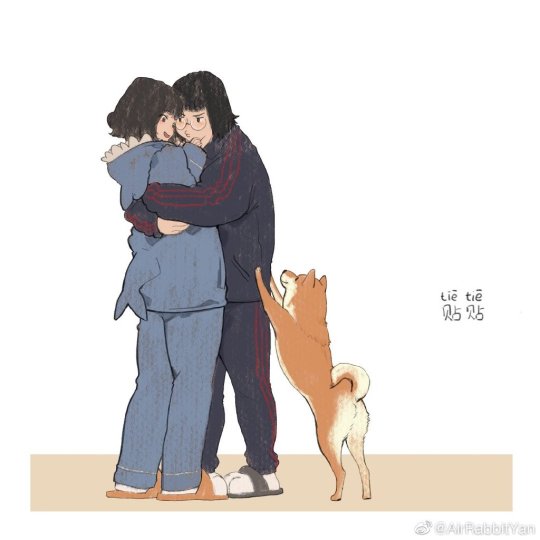
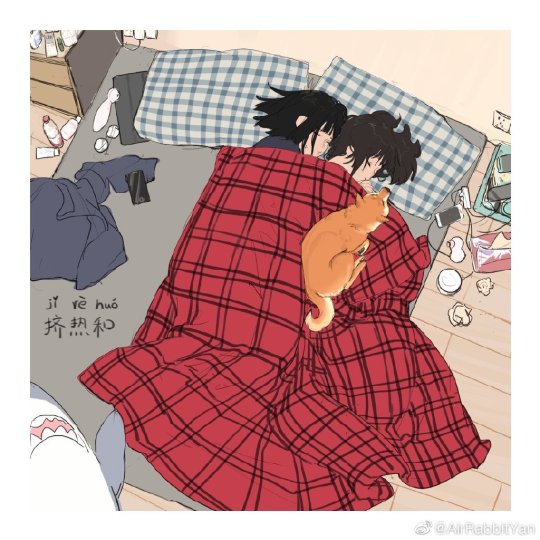


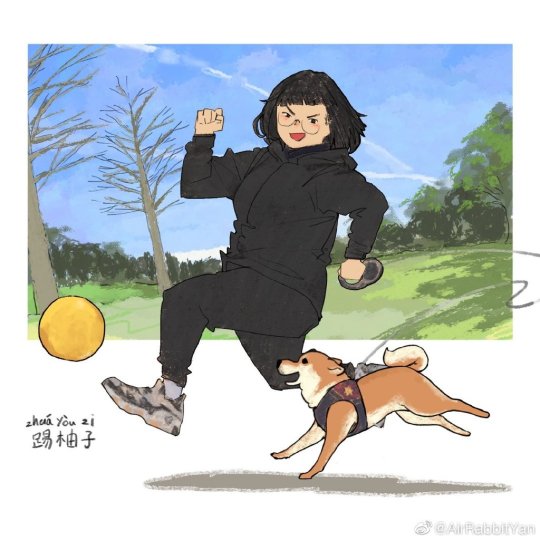
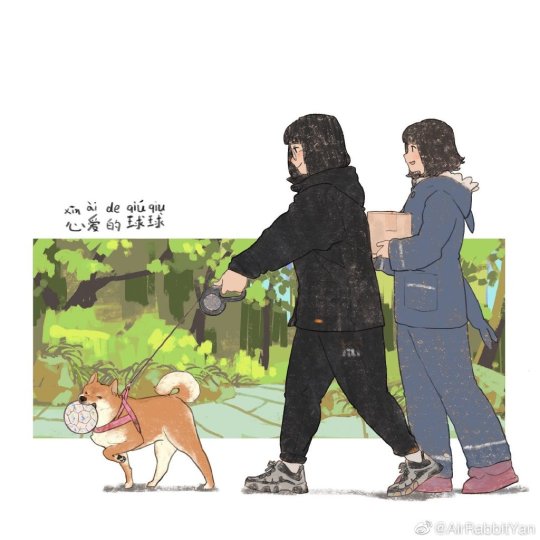

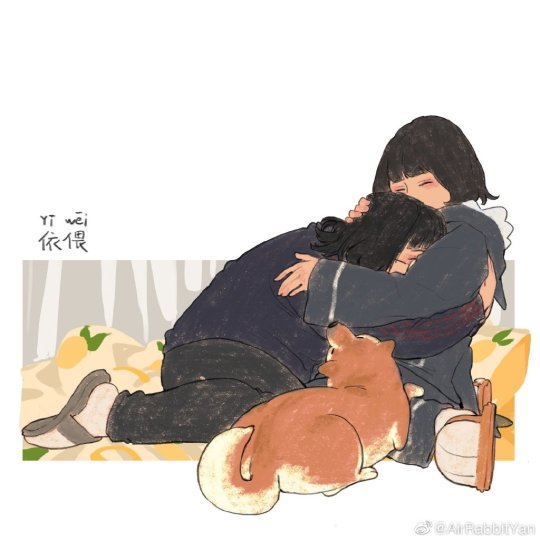

©AirRabbitYan
51K notes
·
View notes
Text
Languages of the world
Kurdish (Kurdî /کوردی/Курди)
Basic facts
Number of native speakers: 25 million
Official language: Kurdistan (Iraq), Rojava
Recognized minority language: Armenia
Also spoken: Afghanistan, Azerbaijan, Georgia, Germany, Iran, Kazakhstan, Kyrgyzstan, Lebanon, Syria, Turkey, United States
Script: Latin, 31 letters/Arabic, 34 letters/Cyrillic, 40 letters
Grammatical cases: 4
Linguistic typology: fusional, SOV
Language family: Indo-European, Indo-Iranian, Iranian, Western, Northwestern
Number of dialects: 3 main groups
History
7th century - first written evidence
1787 - first grammar
1920-1929 - Kurdish is written with the Armenian alphabet
1932 - beginning of the use of the Latin alphabet
Writing system and pronunciation
These are the letters that make up the Latin script: a b c ç d e ê f g h i î j k l m n o p q r s ş t u û v w x y z.
These are the letters that make up the Arabic script: ع ش س ژ ز ڕ ر د خ ح چ ج ت پ ب ا ئـ ێ ی وو ۆ و ە ھ ن م ڵ ل گ ک ق ڤ ف غ.
These are the letters that make up the Cyrillic script: а б в г г’ д е ә ә’ ж з и й к к’ л м н о ӧ п п’ р р’ с т т’ у ф х һ һ’ ч ч’ ш щ ь э ԛ ԝ.
Depending on the dialect, certain distinctions are made in the pronunciation of letters.
Grammar
Nouns have three genders (masculine, feminine, and neuter), two numbers (singular and plural), and four cases (nominative, oblique, construct, and vocative). This, however, is not true for all dialects, as only Kurmanji distinguishes gender and makes a distinction between nominative and oblique.
Personal pronouns can be free-standing or appear as clitics.
Verbs are conjugated for tense, mood, aspect, voice, and politeness. They are also marked for causativity.
Dialects
There are three dialect groups: Northern (Kurmanji), Central (Sorani), and Southern (Pehlewani). They differ in phonology, morphology, and lexicon and are not mutually intelligible.
73 notes
·
View notes
Text
i would like to wish all trans women, queer women, woc, disabled women, and neurodivergent women a very happy international women’s day
14K notes
·
View notes
Text
Defend indigenous languages.
Defend minority languages.
Defend “economically useless” languages.
Sigh loudly at anyone who says that things have to be productive to be worth fighting for.
71K notes
·
View notes
Text
today in french we learned how to say “what’s in the bag” and i couldn’t stop laughing because
swaggity swag qu’est-ce qui dans le sac
245K notes
·
View notes
Text
Free Online Language Courses
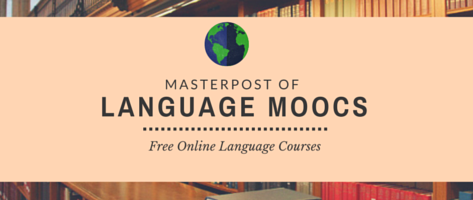
Here is a masterpost of MOOCs (massive open online courses) that are available, archived, or starting soon. I think they will help those that like to learn with a teacher or with videos. You can always check the audit course or no certificate option so that you can learn for free.
American Sign Language
ASL University
Sign Language Structure, Learning, and Change
Arabic
Arabic for Global Exchange (in the drop-down menu)
Intro to Arabic
Madinah Arabic
Moroccan Arabic
Arabe (taught in French)
Catalan
Intro to Catalan Language & Society
Intro to Catalan Sign Language
Chinese
Beginner
Basic Chinese I. II, III, IV , V
Basic Mandarin Chinese I & II
Beginner’s Chinese
Chinese for Beginners
Chinese Characters
Chinese for HSK 1
Chinese for HSK 2
Chinese for HSK 3 I & II
HSK Level 1
Mandarin Chinese
Mandarin Chinese for Business
More Chinese for Beginners
Start Talking Mandarin Chinese
UT Gateway to Chinese
Chino Básico (Taught in Spanish)
Intermediate
Chinese Stories
Intermediate Business Chinese
Intermediate Chinese Grammar
Dutch
Introduction to Dutch
English
Online Courses here
Resources Here
Faroese
Faroese Course
Finnish
A Taste of Finnish
Basic Finnish
Finnish for Immigrants
Finnish for Medical Professionals
French
Beginner
AP French Language and Culture
Basic French Skills
Beginner’s French: Food & Drink
Diploma in French
Elementary French I & II
Français Interactif
French in Action
French Language Studies I, II, III
French: Ouverture
Intermediate & Advanced
French: Le Quatorze Juillet
Passe Partout
La Cité des Sciences et de Industrie
Vivre en France - A2
Vivre en France - B1
Frisian
Introduction to Frisian (Taught in English)
Introduction to Frisian (Taught in Dutch)
German
Beginner
Beginner’s German: Food & Drink
Conversational German I, II, III, IV
Deutsch im Blick
Diploma in German
German at Work
Rundblick-Beginner’s German
Intermediate
German: Regionen Traditionen und Geschichte
Landschaftliche Vielfalt
Gwich’in
Introduction to Gwich’in Language
Hebrew
Biblical Hebrew
Know the Hebrew Alphabet
Teach Me Hebrew
Hindi
A Door into Hindi
Business Hindi
Virtual Hindi
Icelandic
Icelandic 1-5
Indonesian
Learn Indonesian
Irish
Introduction to Irish
Irish 101
Irish 102
Italian
Beginner
Beginner’s Italian: Food & Drink
Beginner’s Italian I
Introduction to Italian
Italian for Beginners 1 , 2, 3 , 4 , 5, 6
Intermediate & Advanced
AP Italian Language and Culture
Intermediate Italian I
Advanced Italian I
Letteratura italiana
Japanese
Genki
Japanese JOSHU
Japanese Pronunciation
Sing and Learn Japanese
Tufs JpLang
Kazakh
A1-B2 Kazakh (Taught in Russian)
Korean
Beginner
First Step Korean
How to Study Korean
Introduction to Korean
Learn to Speak Korean
Pathway to Spoken Korean
Intermediate
Intermediate Korean
Nepali
Beginner’s Conversation and Grammar
Norwegian
Introduction to Norwegian
Norwegian on the Web
Portuguese
Curso de Português para Estrangeiros
Pluralidades em Português Brasileiro
Russian
Beginner
Easy Accelerated Learning for Russian
Advanced
Reading Master and Margarita
Russian as an Instrument of Communication
Siberia: Russian for Foreigners
Spanish
Beginner
AP Spanish Language & Culture
Basic Spanish for English Speakers
Beginner’s Spanish: Food & Drink
Introduction to Spanish
Restaurants and Dining Out
Spanish for Beginners 1, 2, 3, 4, 5, 6
Spanish Vocabulary
Intermediate
Spanish: Ciudades con Historia
Spanish: Espacios Públicos
Advanced
Corrección, Estilo y Variaciones
Leer a Macondo
Spanish:Con Mis Propias Manos
Spanish: Perspectivas Porteñas
Swedish
Intro to Swedish
Swedish Made Easy 1, 2, & 3
Ukrainian
Read Ukrainian
Ukrainian Language for Beginners
Welsh
Beginner’s Welsh
Discovering Wales
Multiple Languages
Ancient Languages
More Language Learning Resources & Websites!
Last updated: April 1, 2018
215K notes
·
View notes
Text
I love how everyone is like ah yes brain cells but the hats literally say platelets
*laughs in low platelet count*

my braincells when you text me
~~
you have more than one???
98 notes
·
View notes
Text
Do you ever see people in your Duolingo league and think:
I will fight you and defeat you in this battle of language
112 notes
·
View notes
Text
I'll know when I've found my soulmate when they'll lay by my side for hours, hold my hand, and let me ramble about the intricacies of German gender neutral pronouns and the evolution of the language
141 notes
·
View notes
Text
Protests in French
Une émeute-riot
Une manifestation- protest
Une manifestation pacifique- peaceful protest
Une révolte- revolt
Une révolution- revolution
Un grief- grievance
Une plainte- complaint
Un chant- chant
Le sit-in/ la manifestation assis- sit-in
Une grève- strike
Une grève de la faim- hunger strike
La démission- resignation (from a position)
La réforme-reform
Manifester- to protest
Faire pression sur- to put pressure on

53 notes
·
View notes
Text

Throw the charts aside and learn an easier way to use German adjective endings more accurately with this quick hack!
Part one: Definite Articles
[der/die/das/den/dem/des] + [adjective + ending] + [noun]
1. Write the Nominativ definite article above the noun you are modifying.
D__ groß__ Buch ist hier. [Buch → das]
Ich lese d__ groß__ Buch. [Buch → das]
Der Bleistift liegt auf d__ groß__ Buch. [Buch → das]
Ich lese das Kapitel d__ groß__ Buches. [Buch → das]
2. Assess whether the case is Nominativ, Akkusitiv, Dativ, or Genitiv and add the correct definite articles.
Das groß__ Buch ist hier. [Buch → Nominativ → das]
Ich lese das groß__ Buch. [Buch → Akkusitiv → das]
Der Bleistift liegt auf dem groß__ Buch. [Buch → Dativ → dem]
Ich lese das Kapitel des groß__ Buches. [Buch → Genitiv → des]
3. Here comes the easy part! If the definite article in step 2 matches the definite article in step 1, the adjective ending is -e. If the articles are not the same, the adjective ending is -en. It’s that simple!
Das große Buch ist hier. [das = das → -e]
Ich lese das große Buch. [das = das → -e]
Der Bleistift liegt auf dem großen Buch. [das ≠ dem → -en]
Ich lese das Kapitel des großen Buches. [das ≠ des → -en]
With enough practice, you can do the steps in your head and eventually, it will come fluently! This method of thinking is more helpful for speaking than memorizing multiple tables. Let me know if you have any questions or if I made any mistakes! Hope this was helpful!
Part 2, Part 3
287 notes
·
View notes
Text
I started learning Kurdish!
I’m taking 2 language courses at school, learning another on my own, and now I’ve started learning another one. I don’t really intend to become fully fluent in Kurdish which means it will definitely be less intense, but it is a language that isn’t closely related to any I speak.
I might start posting consistently about it, might not. I’m... consistently bad at being consistent. But I’ll try. Honestly with Kurdish I am learning it mainly because I like the way it sounds, I think it’s really beautiful, and I’m hoping that this will be more fun instead of learning as a chore
And I’ve already made a bunch of notes! These are just some I had with me at the moment:

I’m pretty excited about this! (Now let’s see how long the excitement will last shfbfuandpahdpqld)
(Also, for anyone who might be wondering, this was indirectly inspired by the recent invasion of Northern Syria by Turkey. Not because of that, but rather, I heard a statement from the YPG about it, in Kurdish, and I thought it sounded really nice and just made an impulsive decision to start learning it)
7 notes
·
View notes
Link
agender: אָ֜נמיניק [ÓNMINIK]
gender spectrum: די גאַ֜מע מי֜נים [DI GÁME MÍNIM]
gender-fluid: מי֜ן־פֿלי֜סיק [MÍN-FLÍSIK]
demigender: האַ֜לבמיניק [HÁLBMINIK]
dysphoria: די דיספֿאָ֜ריע [DI DISFÓRYE]
in between genders: צװי֜שנמיניק [TSVÍShNMINIK]
HRT (hormone replacement therapy): די האָרמאָ֜נען־בײַט־טעראַ֜פּיע [DI HORMÓNEN-BAYT-TERÁPYE]
nonbinary: או֜מצװײיִק [ÚMTSVEYIK]
top surgery/bottom surgery: די אָפּעראַ֜ציע פֿון אױבן/פֿון אונטן [DI OPERÁTSYE FUN OYBN/FUN UNTN]
transfeminine: טראַנספֿעמיני֜ן [TRANSFEMINÍN]
transgender (adj.): טראַ֜נס…; טראַ֜נסמיניק [TRÁNS…; TRÁNSMINIK]
transgender man: דער טראַ֜נסמאַן, טראַ֜נסמענער [DER TRÁNSMAN, TRÁNSMENER]
transgender woman: די טראַ֜נספֿרױ, -ען [DI TRÁNSFROY, -EN]
transition (v.): אַרי֜בערגײן [ARÍBERGEYN]
transmasculine: טראַנסמאַסקולי֜ן [TRANSMASKULÍN]
Keep reading
2K notes
·
View notes
Photo

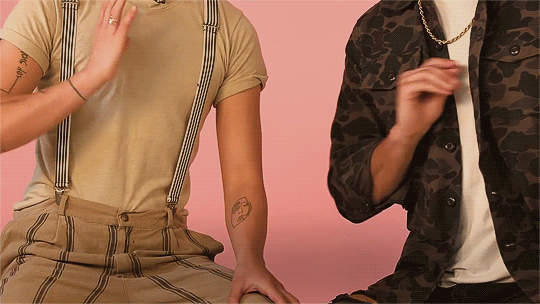
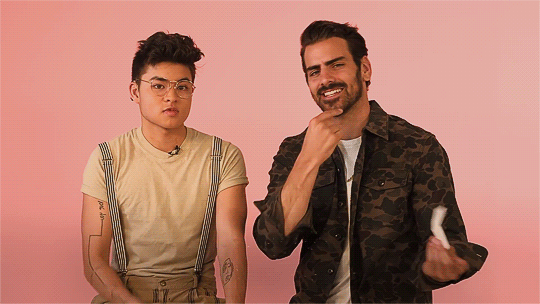




Nyle DiMarco & Chella Man Teach Us Queer Sign Language [see captions for sign descriptions]
103K notes
·
View notes